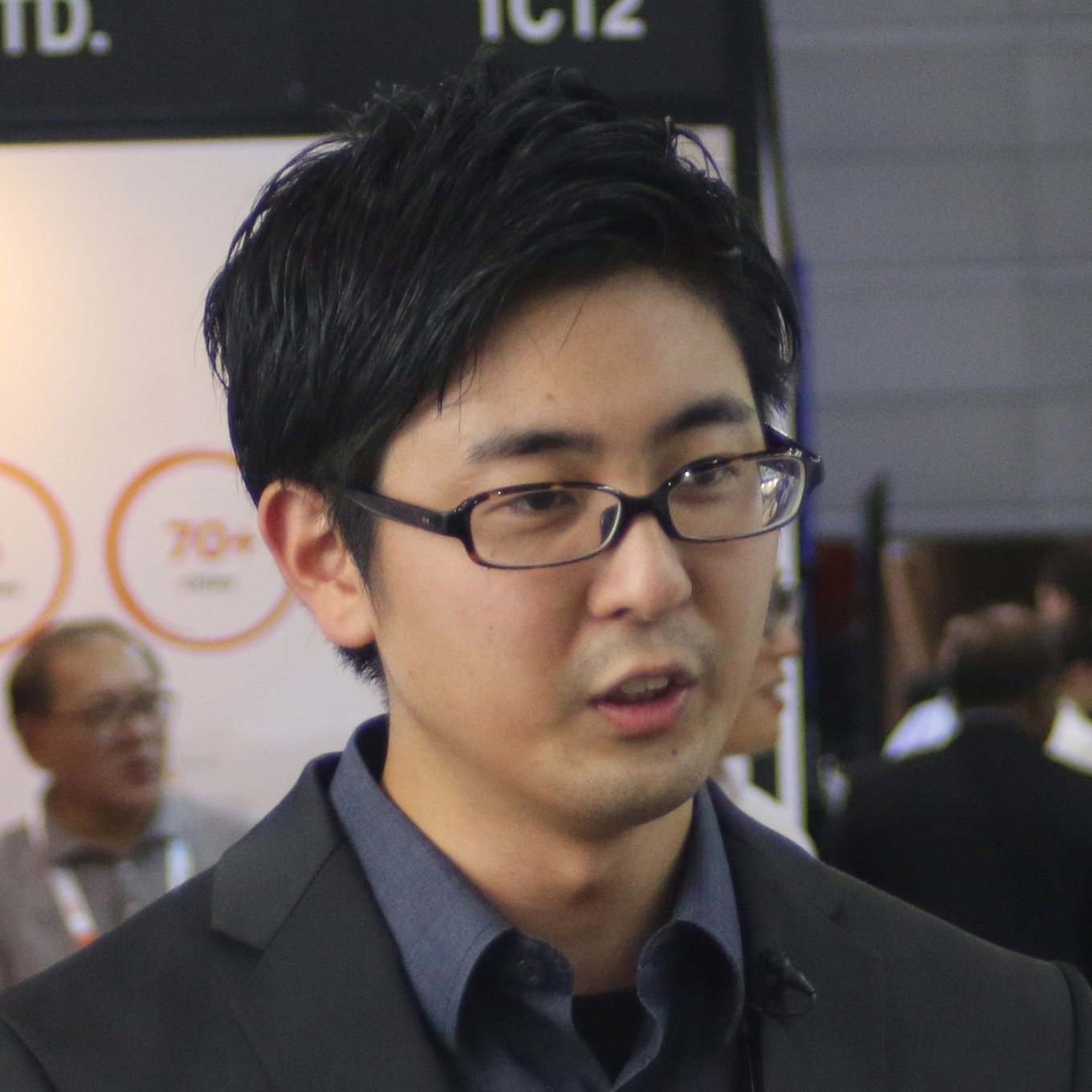During Japan's period of rapid economic growth that took hold around the middle of the 20th century, the country put its focus on developing highways and bridges, tunnels and dams, and other public infrastructure projects. More recently, concrete structures built during this period are now steadily deteriorating as they age, and close to half of these structures are set to reach the end of their service expectancy within the next 10 years.
Adding to this problem, the construction industry in Japan has a cultural image summed up by the "3 Ks," which refers to the Japanese words for "tough, dirty, and dangerous." This has led to fewer young people entering the industry, and on top of that Japanese society is facing an intensifying aging population crisis as well. Adding to this issue, 40% of the skilled workers who handle concrete to renovate and maintain public infrastructure works are 55 and older. There are also estimates that there will be a decrease in the number of these workers by one third within 10 years. The labor shortage has taken on an increased urgency.
Looking to meet this problem head-on is Takuya Iwamoto, CEO of Polyuse, a startup company founded in June of 2019. The company develops 3D printing technology for use in construction to layer concrete and shape structures, and they provide the products that make use of this technology, as well as the services to put them to use. Compared to more traditional methods in concrete molding, both time and labor for construction projects can be cut down by modeling with a 3D printer to mold structures that are complicated in design and labor-intensive to make.
3D printing used in construction doesn't utilize resin the way that typical 3D printers do. Instead, these printers use cement, which has an uneven texture and the consistency of a fine powder. A hydration process is used to harden the cement and shape it for construction. It's easily affected by the temperature and other changes in the environment, which makes it difficult to manage the cement's transformation process, especially at construction sites and other outdoor settings. To manage these factors, materials, machinery, and systems are the three distinct sectors that need to be properly adjusted and coordinated.
It's worth noting that the company took less than three years, since its founding, to bring the quality of this technology up to a stunning rate of speed to meet Japan's strict standards when it comes to building codes and public works projects. They pushed forward to have this technology available at an early stage by placing a heavy emphasis on open dialogue with mid to large-sized construction companies all throughout Japan, along with constant proof of concept demonstrations all while assessing the issues and concerns that work sites tend to have. In April of 2022, 3D printer construction technology will be put to use for a public works project for the very first time in Japan. All across Japan there are local governments and railway companies, as well as highway companies, that have future plans to make use of this technology for their own construction projects as well.
Iwamoto, who has garnered high expectations from the construction industry, remarks that, "I'd like to take on the challenge of giving people ongoing stability and support for their livelihoods by building infrastructure for the next 20 years in a sustainable way that includes all parties involved."




